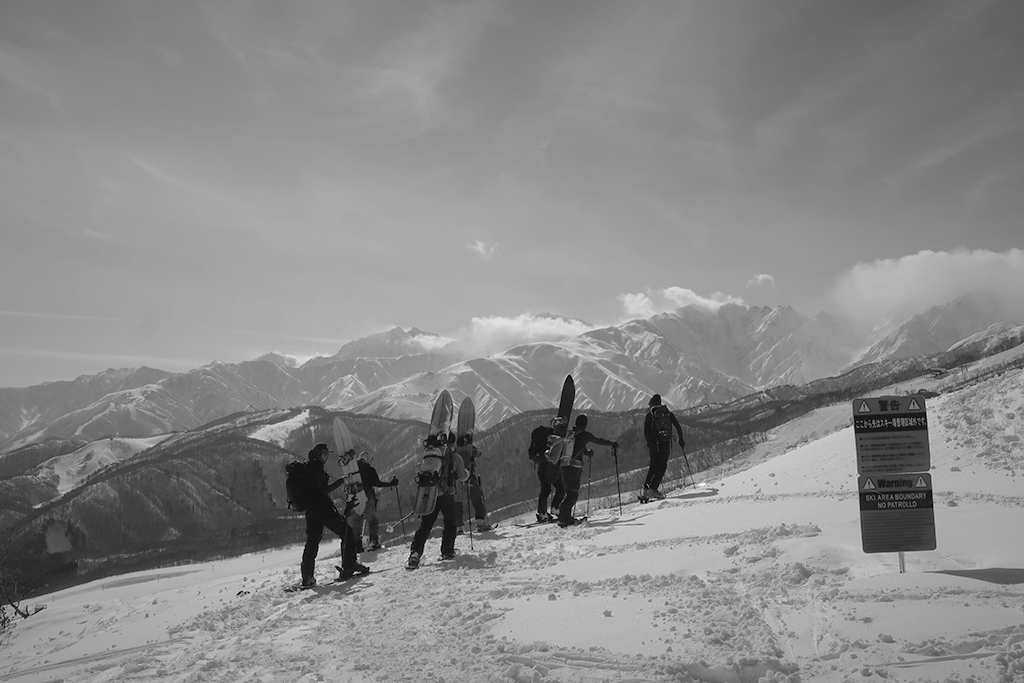Photo: COLOR SPORT CLUB
The pristine backcountry (BC) environment differs in many ways from the managed ski slopes. There are no patrols of ski patrols, no resthouses to escape into in the event of a blizzard, and no shops to run into if your bindings break. For those who are going to BC for the first time, this field will be an unknown world. Let's check what BC beginners need to know to enjoy backcountry skiing while ensuring safety in nature.
Understand the concept of self-responsibility in the mountains
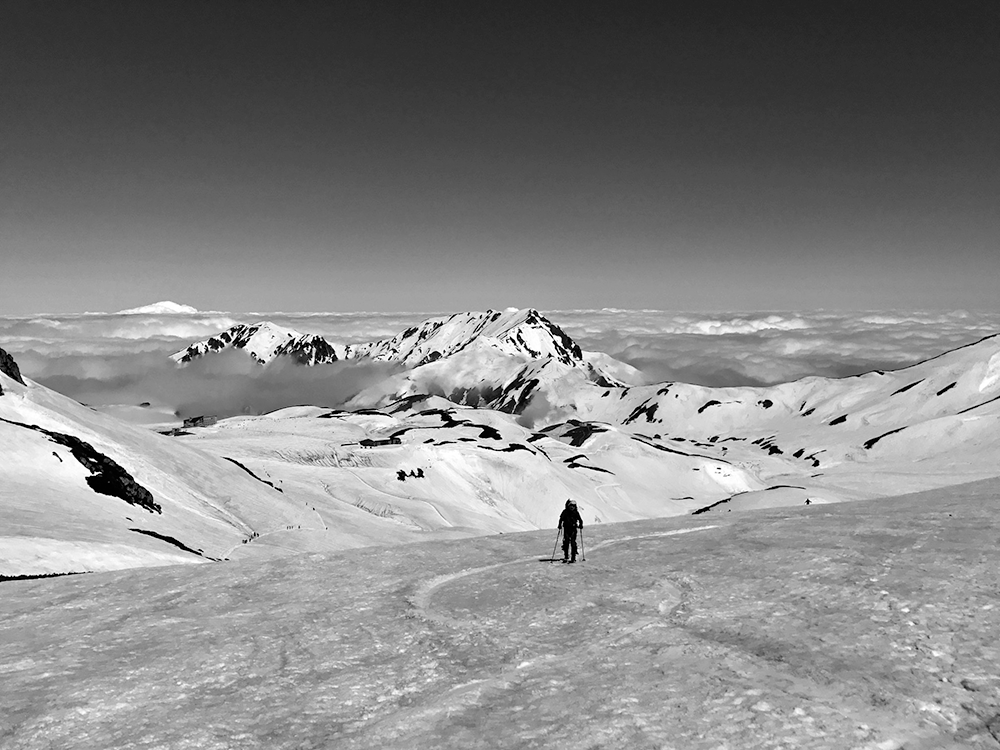
It is necessary to recognize that everything except the management area of the ski resort is a snowy mountain in its natural state. If search and rescue is required, it will be very expensive and, of course, at your own expense. I want to understand the way of thinking that touches everything on the premise that "mountains are not safe".
Know and do what you need to start BC gliding
| 1. Obtain prior knowledge (collect information from magazines, websites, shop staff, etc.) |
| 2. Check skiing skills and physical strength for BC, if you don't have that skill, learn it |
| 3. Prepare equipment for going to BC |
| 4. First, learn the rules and know-how on a guided club tour |
| 5. Gain experience and acquire the skills to ski on your own |
| 6. Other things you want to do |
1. Get prior knowledge
If you are a complete beginner, you should start by gathering information from magazines and the web, then visiting the shop and gathering information from the staff based on the need for tools.
2. Check skiing skills and physical strength for BC, and if you don't have those skills, learn them
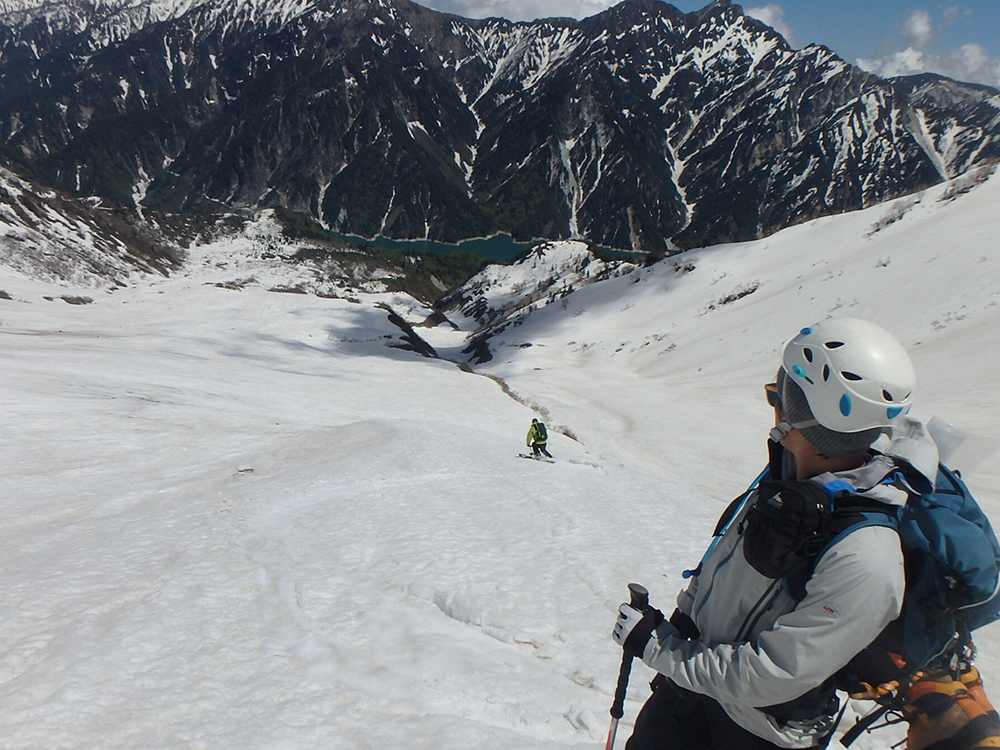
Know if you have the skills and physical strength to ski on BC. By participating in guided tour courses for beginners, introductory courses, private guides, etc., you will be able to walk on a slope for more than an hour, whether you can ski on slightly deep fresh snow or bad snow that can take your feet, etc. What is it? You will know how difficult it is and whether you can do it or not.
3.Prepare equipment for going to BC
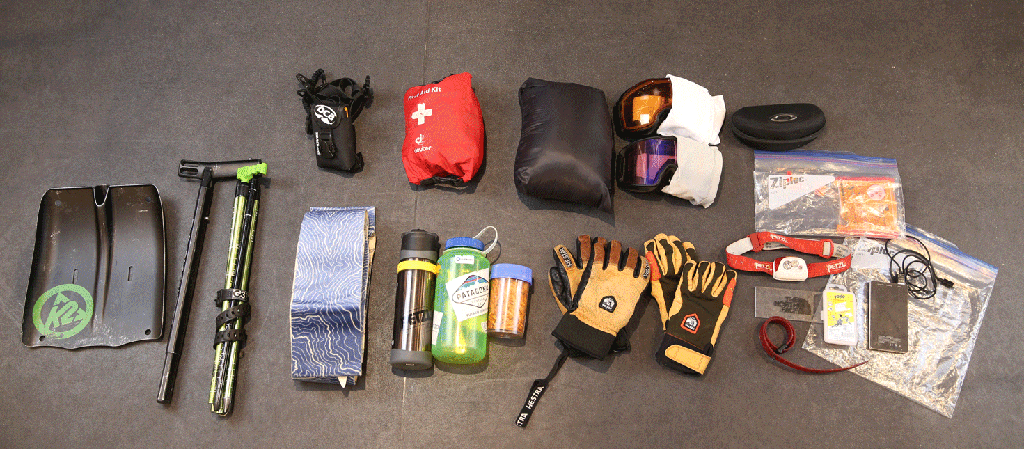
BC requires a variety of specialized equipment. From safety gear that is absolutely necessary for safety, convenient gear for enjoying BC skiing, water and food that are indispensable in the mountains, and emergency kits in case of emergency.
There are differences in choice depending on the person, but the article below summarizes the equipment necessary for BC. Let's check it out.
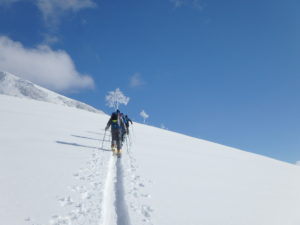
4. Start by learning know-how on a guided club tour
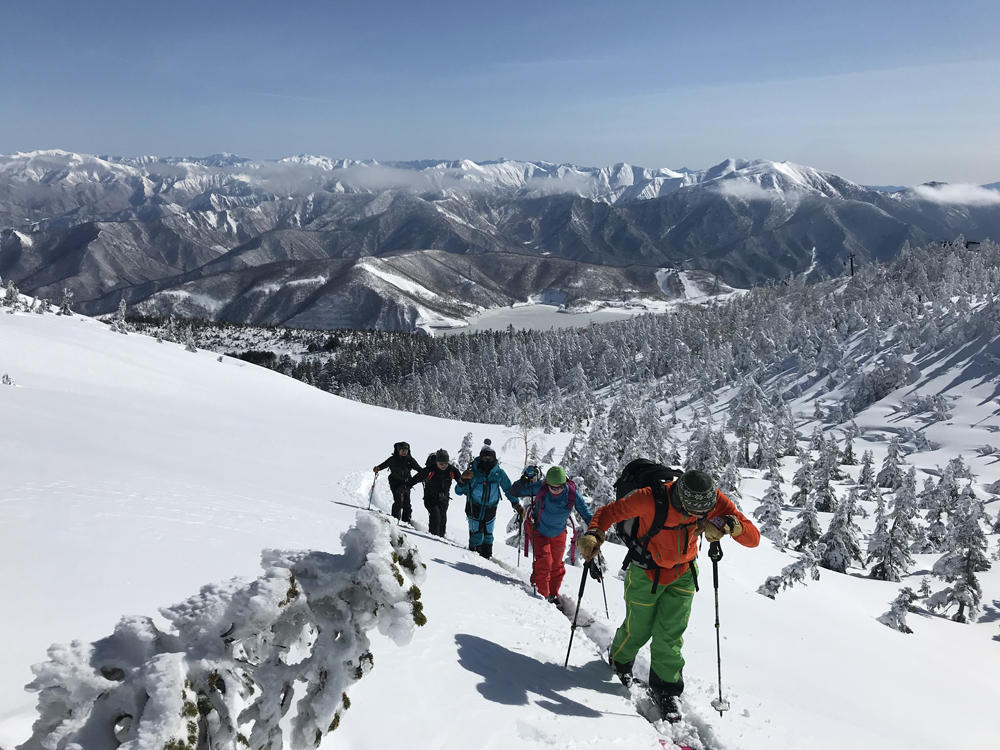
A good way to learn about BC skiing is to take a tour with a professional guide. Experience on a tour where experts will teach you the necessity of tools, how to use them, how to read the weather, how to walk on slopes, how to choose a ski course, how to ski, how to deal with troubles, minimum rules and manners in BC, etc. It's amazing how much you can learn. However, it is difficult to learn just by following the guide's instructions, but by observing and thinking about each step one by one, you will acquire the knowledge and experience you can spend at BC.
Some guide clubs offer a program for beginners who are worried about going straight to the BC, first having their skiing skills checked on the slopes and learning basic skiing techniques.
The following article summarizes guide clubs and tours that hold tours for BC beginners and those with little experience. Let's use it as a reference.
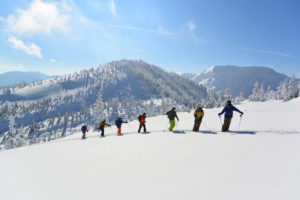
5. Gain experience and acquire the skills to ski on your own
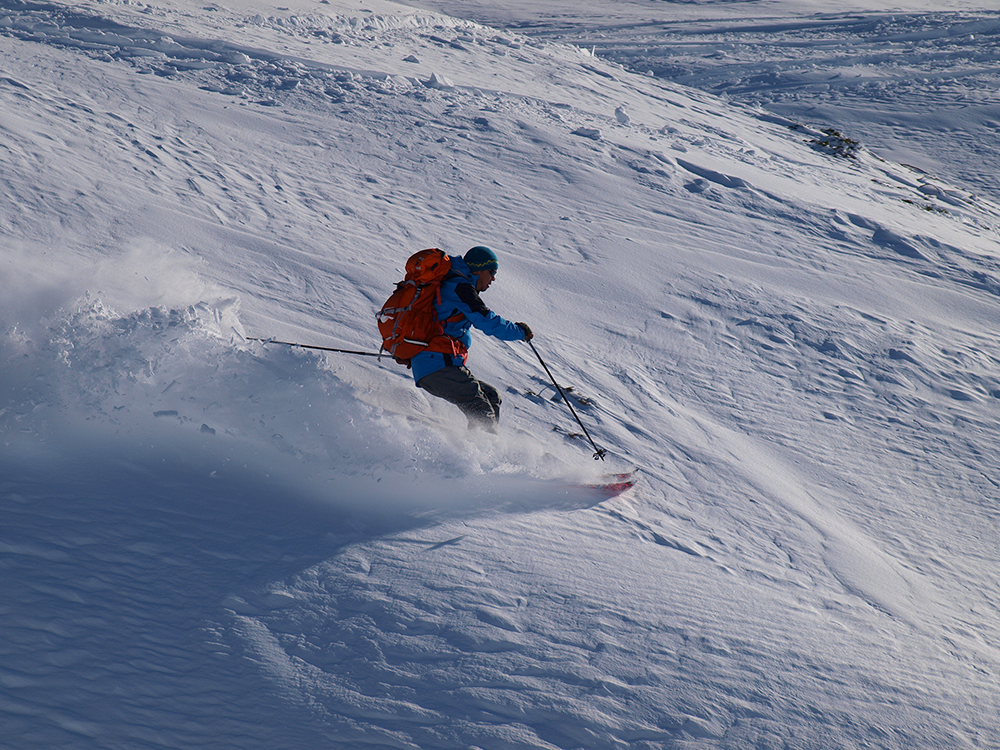
Skiing in the backcountry has no choice but to acquire knowledge and senses through a lot of experience. Skiing only on sunny days will not give you any skills. Participate in BC advanced skiers and BC guided tours to hone your skiing skills, gain experience and gain confidence. You can only learn the route, weather, and judgment of snow conditions by having a firm awareness and stepping on the number of times.
6. Other things you want to do
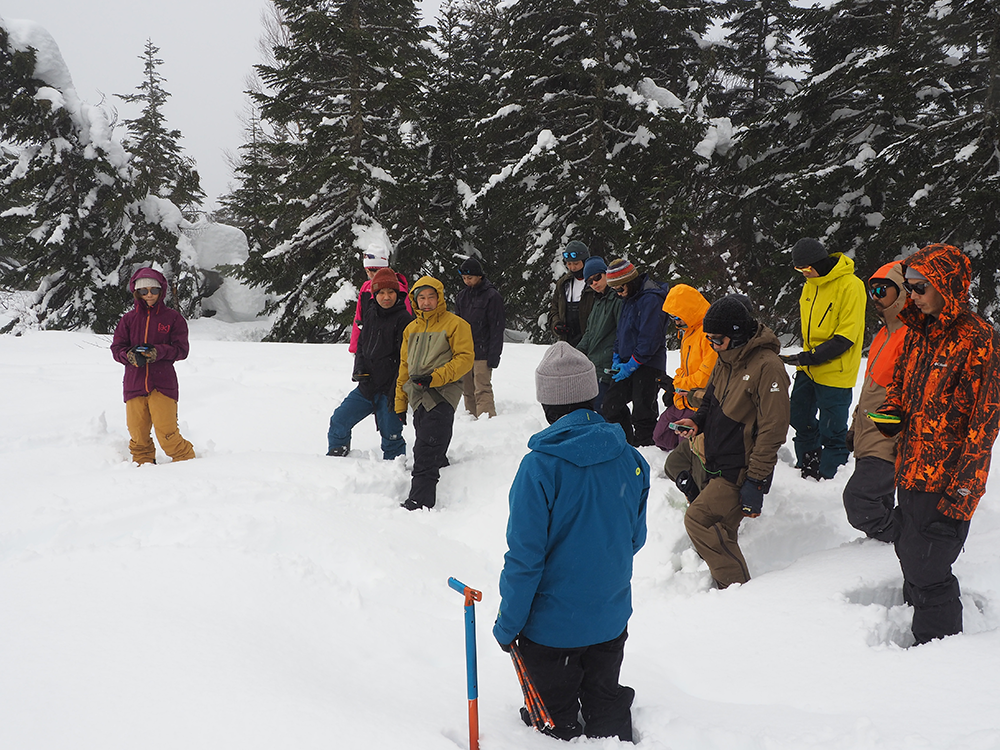
■ Participate in a workshop to acquire knowledge about avalanches
The Japan Avalanche Network holds safety seminars for beginners to experienced avalanches to improve their knowledge of avalanches, as well as on-snow workshops to learn how to rescue avalanches as part of avalanche safety measures. These opportunities also increase knowledge about snow and lead to skill improvement.
■ Get mountain insurance
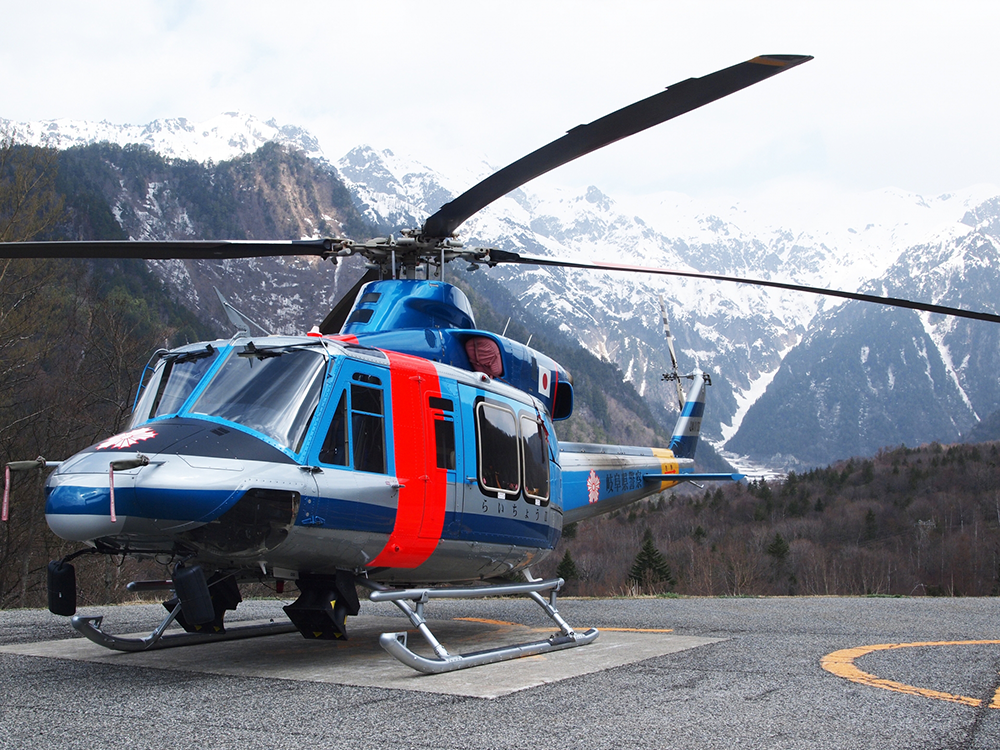
If you get lost in the snowy mountains, the search costs will be enormous. The cost of rescue by a private helicopter is said to be 600,000 yen per hour. Mountain insurance is for such times. In addition to covering rescue costs in distress and accidents, there is also compensation for injuries. Among them, there is also mountain insurance that covers malfunction, damage and theft of cameras and belongings. Many guide clubs require that you have mountain insurance in order to participate in a BC Guided Tour. Be sure to purchase mountain insurance just in case.
An example of this is the YAMAP Insurance.
| type | Content of compensation | Insurance fee |
| rescue insurance | Compensation for distress rescue costs up to 3 million yen | 1 day plan 280 yen - 30 days plan 480 yen (16 yen per day) |
| Rescue insurance + injury compensation set | Compensation for injuries in addition to rescue insurance Compensation for hospitalization expenses up to 75,000 yen / Compensation for hospital visits up to 100,000 yen | 30-day plan 880 yen (29 yen per day) |
| Rescue Insurance + Injury & Item Compensation Set | Rescue insurance + injury compensation set covers the risk of important tools (failure, damage, theft) up to 100,000 yen per year | 30-day plan 1,050 yen (35 yen per day) |
■ Submit a climbing notification
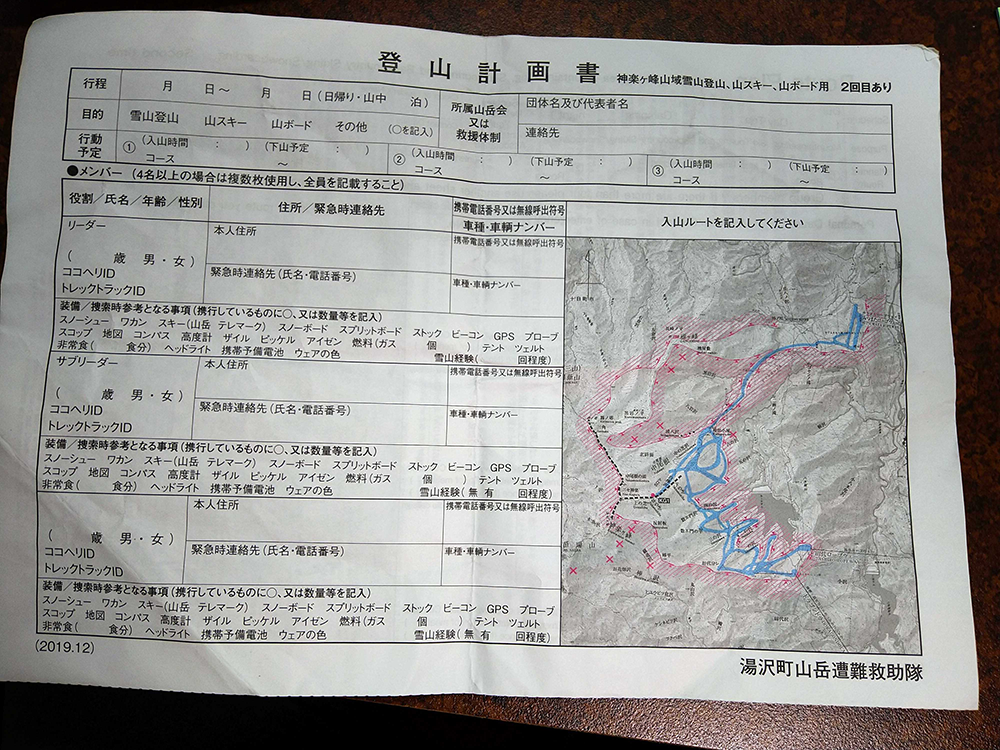
In order to enter the BC field, it is necessary to submit a climbing plan to the designated place. Although there is no fixed form for notification of mountaineering, prefectural police headquarters, mountaineering associations, ski resort-related organizations, etc. prepare prescribed plan forms. The photo above is a climbing plan used at Kagura Ski Resort in Niigata Prefecture. It must be submitted at the BC gate at the top of the slopes.
The mountaineering plan must include the climbing route, schedule of activities, contact information and equipment for group members. The plan form can be downloaded from the website of each prefecture's police headquarters.
Write down your activities in the mountain in a plan, but it is important to collect information properly and make a solid plan in advance. It is essential to start early in the morning for the mountains, and it is necessary to frequently check the local weather and avalanche information.
■ Get a backup
In addition to mountain insurance, there is a growing movement to subscribe to the epoch-making search system "Kokoheli" created in Japan in case of disaster. When you join, you will be given a transmitter-type membership card, and if you get lost in the mountains, the helicopter will quickly and accurately determine where you are and connect you to a rescue agency. Searches are possible in mountainous areas nationwide. In cases where search and rescue is required, helicopter flights can be used free of charge up to three times.
In addition, I would like to actively use smartphone map applications, GPS, etc.
❖ COCOHELI
■ Selection of skis according to conditions and skills
Even if you say BC skiing in one word, the conditions of the skiing field vary depending on the time of year, snow conditions, and location.
The feeling of gliding also varies greatly depending on the situation. In January, if the snow is so deep that it seems to be buried up to the waist, a fat ski with a waist width of 105 mm or more, which is easier to obtain more buoyancy, is comfortable. Width skis are recommended. If you are experienced in BC gliding, it is ideal to have multiple boards and select the board according to the style of play and the situation of the destination, but if you are a BC beginner, it is not possible. First of all, I want to get a board that can handle almighty situations with one board after considering my skill. For those who want to enjoy BC from now on, let's check the points for choosing gear in the following article.
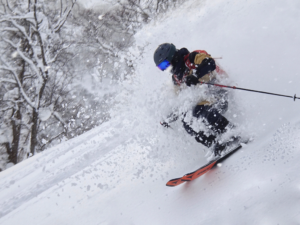
■ Get into the habit of wearing a helmet
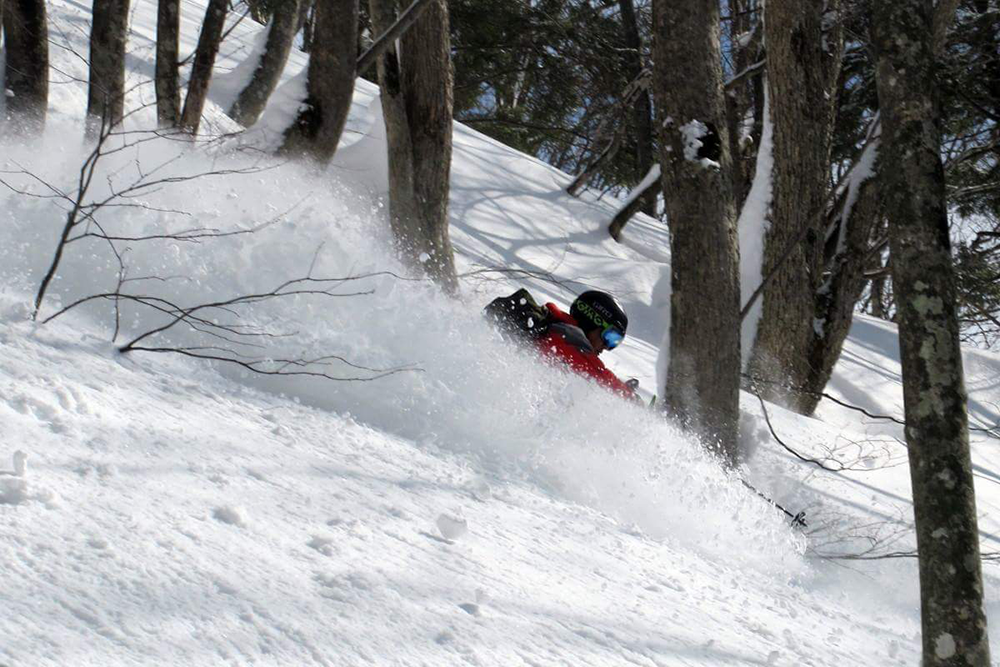
You never know when trouble will hit you in BC. There are high risks in BC, such as falling at too high speed, colliding with trees, and slipping, so a helmet is essential. It's a good idea to make it a habit to wear a helmet on a daily basis, even when skiing on the slopes or in the side country. It can be stressful to suddenly wear a helmet all day on a BC, and if you are unfamiliar with that feeling, you may not be able to concentrate on skiing and enjoy it.
■ Know the rules and manners
Now that backcountry fields with lift access from ski resorts are increasing, it is important to follow the rules and manners made in each area. For example, there are 11 gates to BC on the slopes of 5 ski resorts in Niseko, Hokkaido, and there are "Niseko rules" that are common to each ski resort. Here are the six rules.
- You must go out of the gate to go out of the ski area.
- Do not slip through the ropes outside the ski area.
- Outside the ski resort, wearing a helmet and an avalanche beacon is the minimum requirement for safe skiing.
- Do not leave the ski area when the gates are closed.
- Never enter restricted areas. Search and rescue and investigation activities are excluded.
- Only elementary school students are prohibited from skiing outside the ski area.
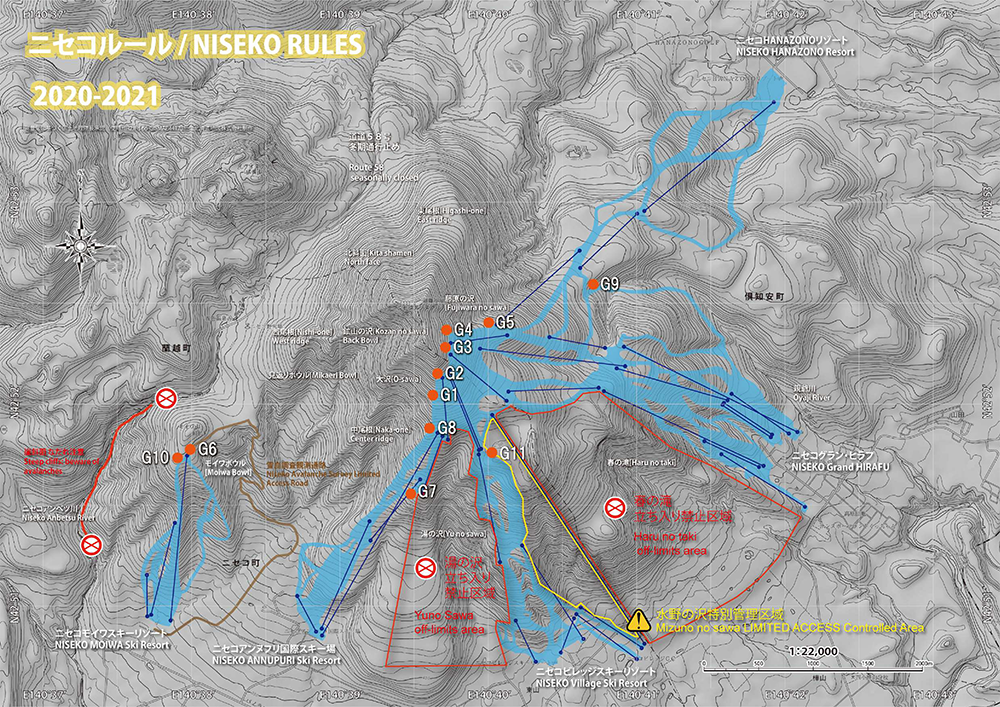
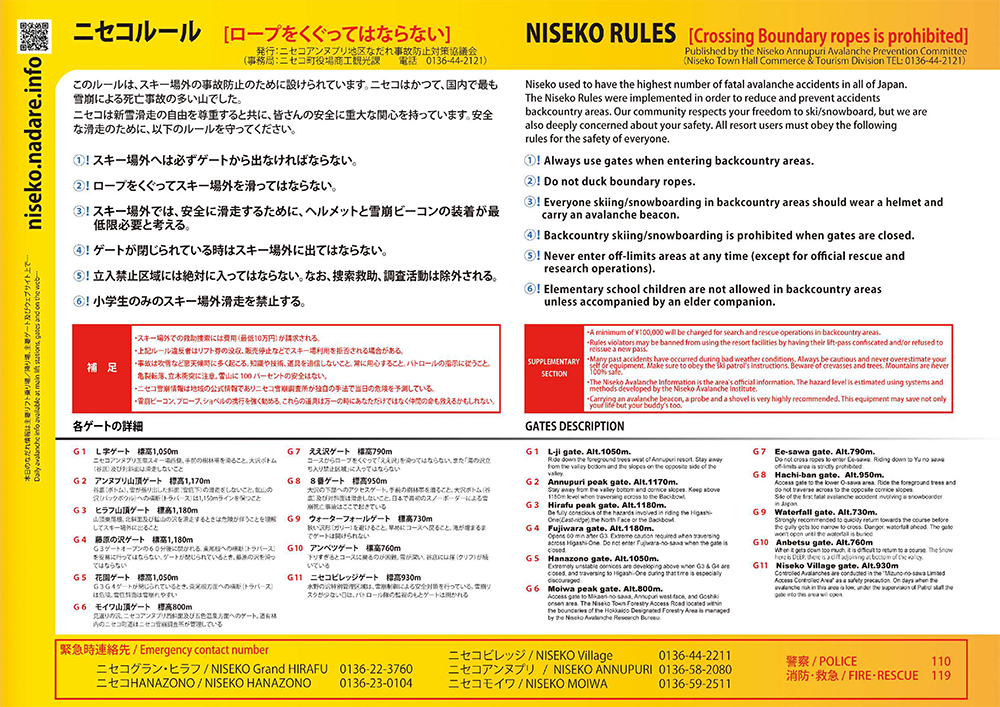
These rules also exist in Hakuba, Myoko, Minakami, and Yuzawa, and most skiers there follow those rules. It is important to obey the rules, do what you can to prepare so as not to disturb other people, and enjoy yourself safely while paying attention to your manners in nature.

